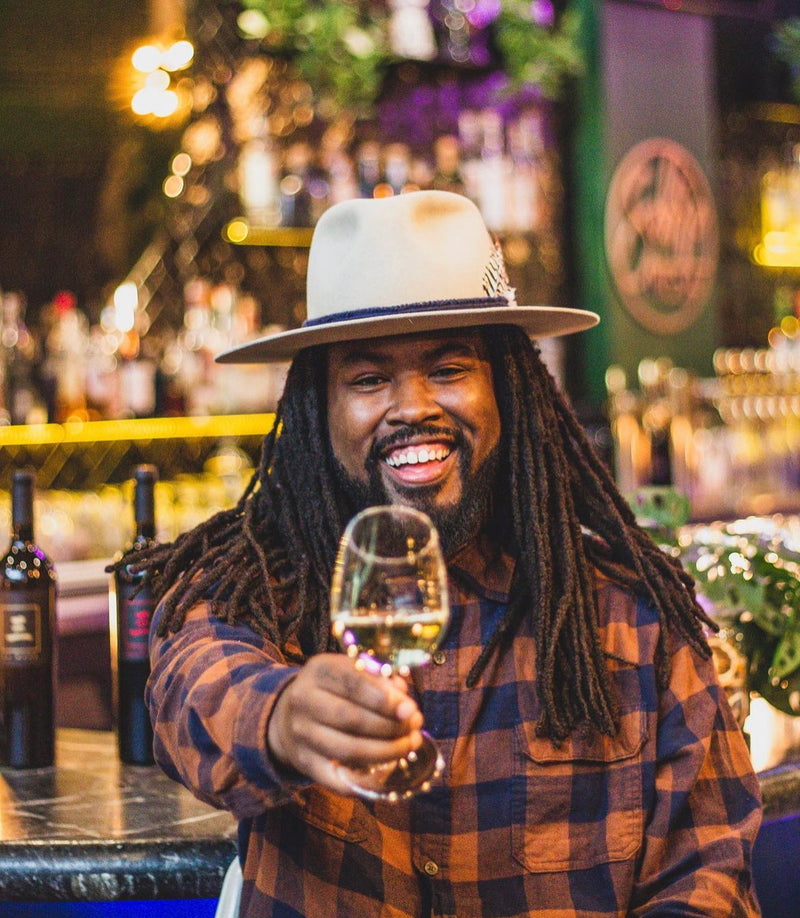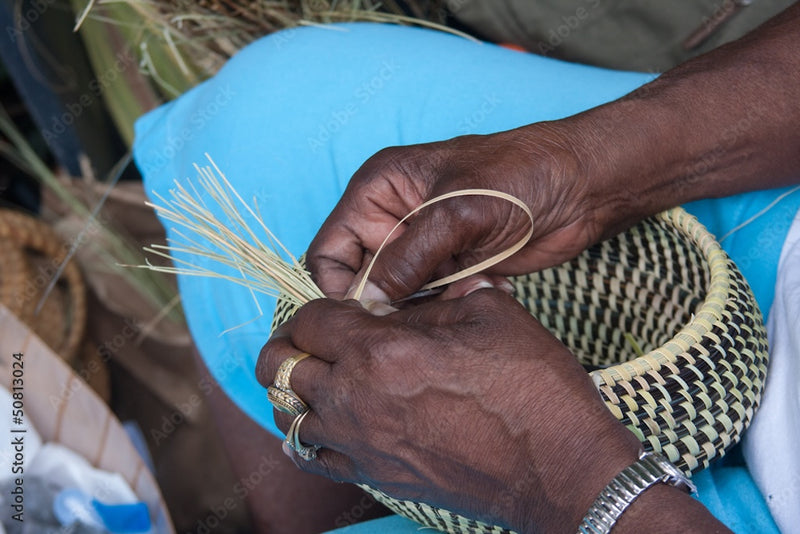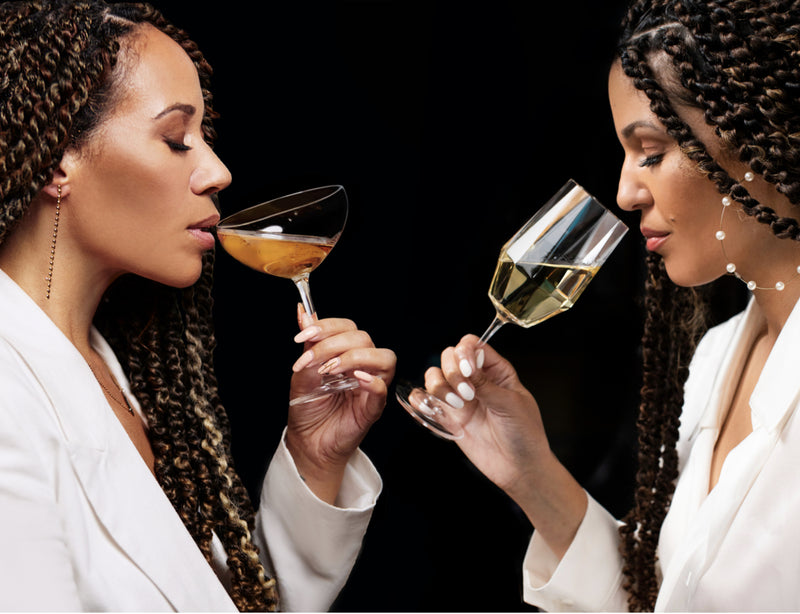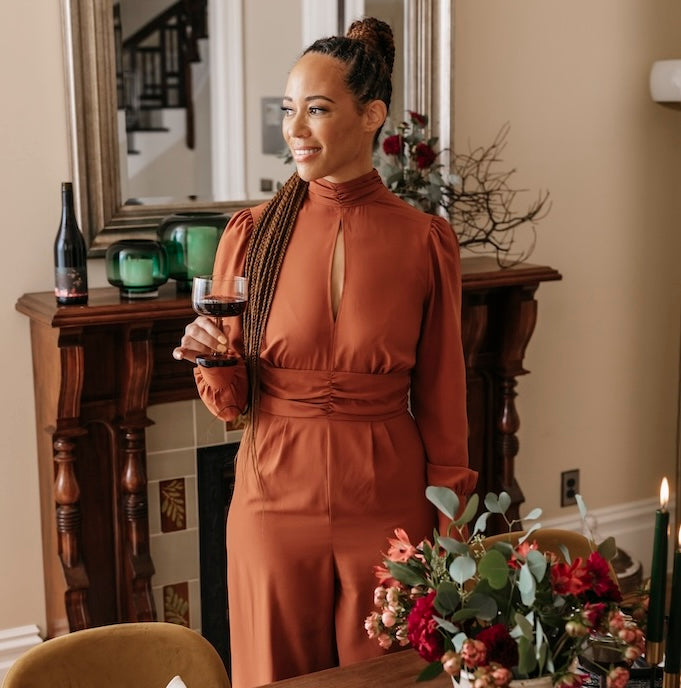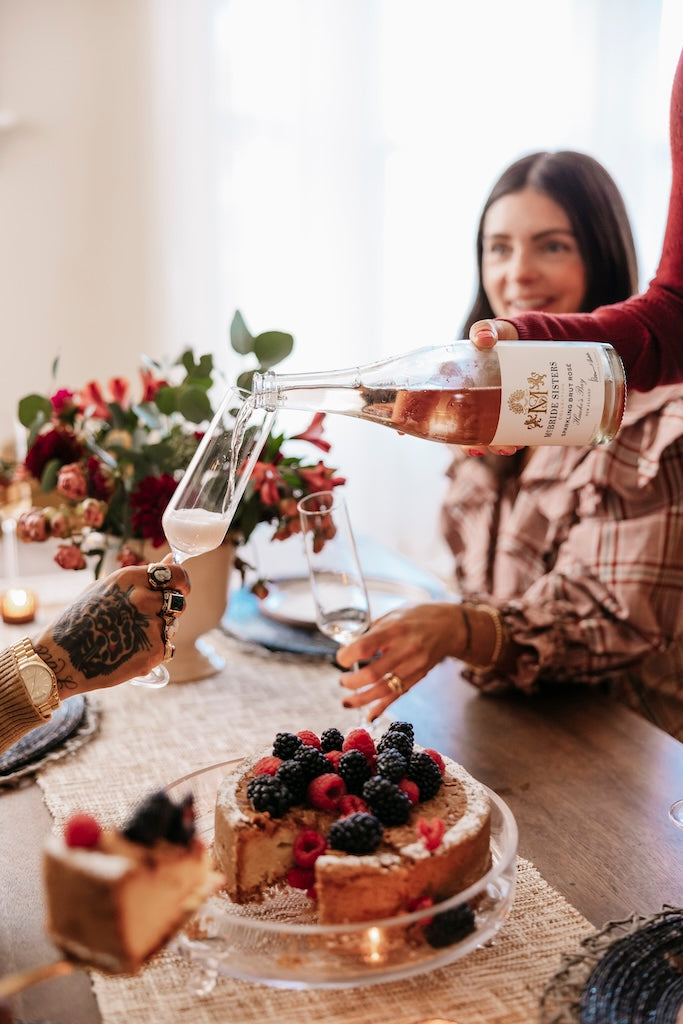Food and wine tell a story. They allow us to document and experience culture across generations and help us honor where we came from. We celebrate Black History always (long after February), and want to continue tracing our roots along the African Diaspora, highlighting the powerful influences that these routes of migration have had on culture and society today. Robin and I are drawing from as many sources as we can find (e.g. books, experts in the category, people we know, the inna net) to guide and shape these pieces of the puzzle through the diaspora. If we get it wrong, we’re sure you’ll let us know. But we’re hoping we get this right and can share what we find and what we learn so we can educate, celebrate and cultivate community, one delicious glass of wine at a time!

From the smallest migration region of Mozambique in Southeast Africa to the largest migration origin of the Republic of Congo and Nigeria in West Central Africa, our African ancestors come from a diverse continent with subregions, each with their own culture, cuisine, languages and more.
Every country in Africa is distinct, with its own traditions, flavors and methods of preparing food. Each of these countries have their own occasion and moods. We will explore through our evolved definition of terroir (eco-system, tradition & culture), starting our journey of tracing our roots along the diaspora in Central Africa, exploring culinary influences and cuisine along the way, and of course pairing our wines to match the food and mood.

Source: A map of Central Africa | © Peter Fitzgerald / WikiCommons
Republic of Congo and the Democratic Republic of the Congo
Along the Western coast of Central Africa, bordering each other are the Republic of Congo (also referred to as Congo-Brazzaville) and the Democratic Republic of Congo (also known as Congo-Kinshasa). The Republic of Congo was colonized by the French, and the Democratic Republic of the Congo was colonized by Belgium. Both countries gained independence around 1960, and use French as one of their official languages, but according to The Culture Trip, both still maintain many other subregional languages and cultures throughout. Even in recent history, colonization and wars have made life extremely difficult for the Congolese. Despite these challenging & traumatic times, we want to educate and highlight the beauty and Black Joy that can be found in these countries, regions and cultures.

Democratic Republic of the Congo - Image Source: Journeys By Design
The Food: Saka-Saka

A vibrant, mostly plant-based diet is common here, and consists primarily of vegetables, fruits, nuts, grains, and often seafood. Congolese cuisine is grounded in strong roots that date back 80,000 years, mixed with French and Belgian influence following colonization. Saka-saka is the Congolese word for cassava leaf and is the namesake of this simple yet delicious dish that is a staple in the Republic of Congo and the Democatic Republic of the Congo.
Because we don’t have Cassava leaf available locally (it can be found in the ground-up form in African and Filipino food shops), we substituted for a mixture of kale, collards, turnip greens and spinach, and then we added shrimp and paired with our Black Girl Magic Sparkling Brut.
(Side note: This dish tastes even better on Day 2!)
Shredding the greens up reminded us of cooking with our Aunty Annie May in her kitchen in Camden, Alabama. My mind made the instant connection to her collard greens and ham, passed down to her from our grandpa who loved to cook. I wonder if Saka-Saka had evolved from Africa throughout the Diaspora to the United States in the form of how we prepare Collard Greens today?
Image & Recipe from @Immaculatebites | Shop the Wine Pairing: Black Girl Magic Sparkling Brut
The Mood: The Congolese Birds of Paradise

Source: CNN Photo Courtesy of Daniele Tamagni
Le Sape ("Société des Ambianceurs et des Personnes Élégantes" - the Society of Ambiance-Makers and Elegant People) also known as the Sapeurs and Sapeuseare are what would be described as Congolese Dandies. According to Condé Nast Traveler, the aristocratic superiority of one’s mind is the symbol of the Congolese Dandy. In Brazzaville and Kinshasa, their appearance is STRIKING in the context of the living conditions of many Congolese. Those conditions were a result of wars that decimated their economy for many years. It’s hard for me to wrap my mind around tailored designer clothing in this context, so I had to dig in and learn more. In reading, the topic is very controversial. The French word Saper means to dress up or to undermine. This Congolese Dandy phenomenon can be traced historically to the 1920s when young African men began to combat the racist attitudes of their masters by rejecting the second-hand clothes they were often given instead of wages. Instead, they took the style of the colonial overseers, exaggerated it with beautiful bold colors and prints and made it their own.

"A group of sapeur women strike a pose during a sapeur event in Brazzaville"
Source: OZY - Photographs by Victoire Douniama
Badouin Mouanda, a member of the Congolese Photography Collective shared his insight in a fascinating interview with Marion Nur Gonde in Africultures:
“I realized that S.A.P.E. played a very important role in Brazzaville in 1998-1999, after the civil war. There wasn’t anything left to do in town; everything was shut down. The sapeurs recreated the atmosphere that is part of Congolese day-to-day life. For the traumatized population, the attraction of the sapeurs was to show that you had to have hope. Their message was, “We didn’t get dressed up to stay at home! We have been spared by the hostilities and we are lucky to be alive. There’s no point in fighting; We can talk and take each other by the hand”. The sapeurs often advocate this peaceful message. That’s why I, as a photographer, wanted to follow them. Images travel and spread messages. I want to show that a joyful Africa exists.”
Inspired by the Sapeurs and Sapeuseare, we’ve crafted and paired an after-dinner drink to meet this occasion and here’s why. Our Black Girl Magic Merlot and Cabernet Sauvignon Red Blend from California is inspired by the great Red Blends, found in the right bank of Bordeaux, France, but remixed by us with our New World expression. We are then going to pair this with Grand Marnier, which is a mix of Cognac (which is a spirit made from wine grapes in France) and Orange liqueur and make a beautiful Sisters Grand Sangria Rouge. We feel like this will complete your after-dinner mood, topped off with a playlist from the artist Fally Ipupa (check out his hits on YouTube)! Pair with this Saka-Saka (Cassava Leaf Soup) recipe and enjoy!
Xoxo,


